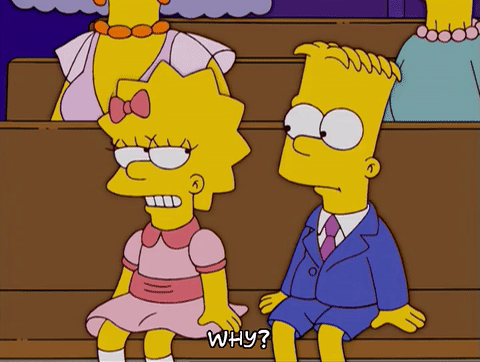
When you decide that you want to start a user testing or usability study—you may be daunted by the task of preparing a user testing script.
What questions do you ask users?
How do you ask non-leading questions to get unbiased answers?
How specific or general should the questions be?
The answers of course vary depending on what your learning goals are for your user study and what method of user testing you are going to do. Here are some quick rule-of-thumb’s and tips:
- Start with broad questions and then deep. This ensures that you don’t focus on leading your study with your amazing product solutions, but opening up to users’ larger context, life and problems.
- The simplest tip to avoid biased answers is to ask more open-ended questions. Yes or no questions like “Would you use this?” are highly misleading. Instead ask “How does this compare to something similar you experienced/saw recently?”
- It’s easy to ask specific questions, but you risk assuming too much. For example, if you want to learn why people aren’t sharing on your photo sharing app—don’t ask, ‘Now what button would you press to share on this screen?” Do ask, ‘What would you do next on this screen?”
In this article, we’ll cover a basic question template that you can customize that is optimized for an unmoderated user testing study for a first time user.

Below are 5 example questions that you can use as a base template and script for your next user or usability testing.
1. Existing behavior
Before we start, tell us about the last time you did X. Is this usually something you enjoy doing? Why or why not?
Before starting any user test or user research session, learn about what context or behavior you are looking to replace or improve with your product. If your product is a baby shopping app, ask people about the last time they bought something for their baby. The goal is to get your users to reflect on their own habits or experiences to understand how your solution or product compares.
2. Think Out loud
Browse around and THINK OUT LOUD what you see, what catches your eye/interest and why. What are your first impressions?
This is a proven effective technique to start your user or usability study. The reason why this is important is because it opens up people to start externalizing their thoughts. You want people to not filter what they say. Asking them to simply start explaining what they see and what thoughts arise is a great method to get them warmed up. We even sometimes go as far as saying “Imagine I’m a blind person and you are describing what you see.”
3. Specific task or goal
Take a closer look at the website/app and try doing X task. Anything you like/dislike? Why or why not?
 You’ll often be surprised by what people do :D
You’ll often be surprised by what people do :D
So this is the part where you can go deep into a particular feature, use case or area of your product. As stated above, you want to instruct users to carry out a specific task or goal like “Try purchasing an item for your baby.” You don’t want to tell them how to do it like “Go to the baby menu and click buy it now.”
4. Comparison
Thinking back to your experience of this site/app, what stood out to you? Which specific aspects are better or worse than something similar or comparable? Why?
After the user has had some time to experience the product, take a step back to have them compare it to something similar they’ve experienced before (in another product, activity, context..). It will likely be easy and natural because they talked about their recent experience in the first question (ie recent baby shopping experience). Then the next question asks them to reflect on specific aspects that they may have found better, worse or missing.
5. Final review and repeat visit
Finally, give any last thoughts as to how you think this site/app could be changed for you and why. How likely are you to return to this site/app? Why or why not?

Asking why is the first step toward the truth.
The final wrap-up lets people zoom-out and make suggestions that would help them. You may have noticed that may of the questions end with ‘why’ or ‘why not.’ There’s a user research technique called the 5-Whys. The premise of this technique is that if you keep asking why or even repeat the similar open-ended questions you’re likely to uncover how they really feel and think. The answers to whether they’d return to your product isn’t that useful. But their own explanations of why or why not will give you enough clues toward a valuable insight.
We hope you can use this as a quick guide and template for example questions for your next user testing script. For more in-depth live user interviews, many of the approaches covered in this article are similar. However, there’s many more techniques and methods worth covering in another story :) Stay tuned!
Start a conversation or follow us to get updates in helping you more effectively learn from your users 👀😊🙌
